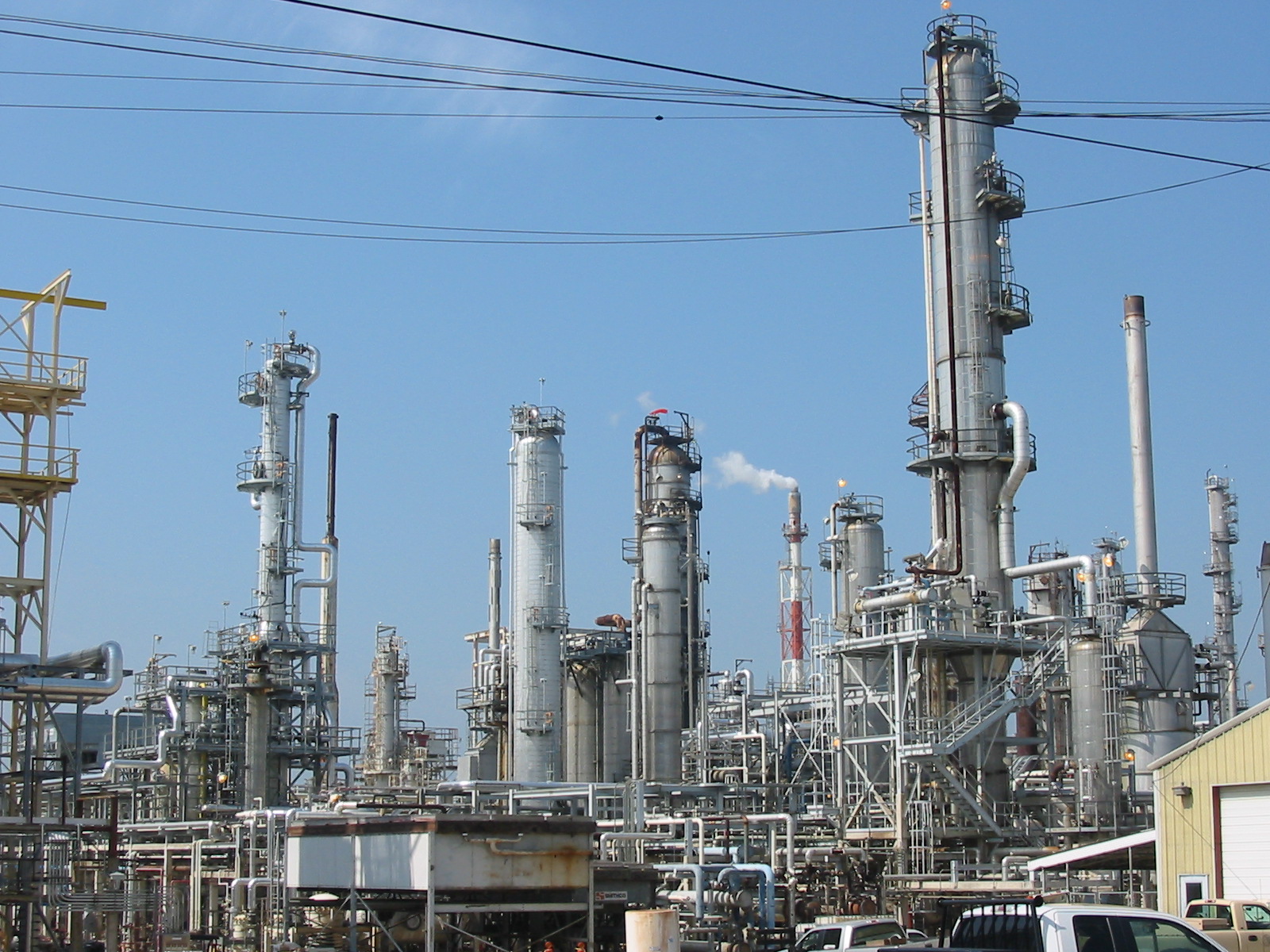
Calumet Specialty Products Partners L.P. announced on Monday that it has begun making API Group III base oil at its plant in Shreveport, Louisiana, the only virgin Group III produced in the United States at this time.
The new 4 centiStoke Group III base stock – marketed as Calpar 4GIII – has a typical viscosity index of 123, according to a product data sheet at Calumets web site. The company said its Group III product is designed for use in engine oil formulations to improve gas mileage, reduce emission and extend oil change drain intervals.

Photo: George Gill
Calumet Specialty Product Partners, L.P. announced the addition of Group III base oil to the product slate at its base oil plant in Shreveport, Louisiana. The product will ship from the Shreveport refinery and the company’s terminal in Burnham, Illinois.
The company didnt disclose the Group III capacity, the technology it is using to make Group III or the impact of that change in operation on total yield at the plant.
Stephen B. Ames of SBA Consulting, Pepper Pike, Ohio, explained that Calumet should be able to produce Group III at its Shreveport base oil plant by increasing the severity of the hydroconversion unit the company installed there in 2008. It would be at the expense of a comparable viscosity Group II and with a significant base oil yield loss, Ames told a reporter.
He noted that with North America awash in light Group II neutral oils that cannot be sold except at a significant discount, it may make economic sense to alternatively produce Group III.
Calumet is producing one vis grade of Group III, a 4 cSt, Ames told a reporter. It will not have API or OEM approvals and thus has limited marketability. Many base oil suppliers pay lubricant formulators to develop finished lube formulas that meet industry and OEM performance specifications, as a way of making their base stocks more appealing to lubricant marketers wanting to offer products that meet those specifications. Without full API and OEM approvals, they would likely face pushback by many of the major North American blenders and sell at a major discount [compared] to fully approved Group III from Neste and SK,” he said. “I would look at their using it in their own Royal Purple and Bel-Ray lubricants and backing out of purchased Group III. Volumes will be small.
Minor Cline, industry analyst for Cleveland-based research firm Freedonia, noted that base oil refiners in the U.S. have historically focused on Group I and II base oils, leaving lubricant blenders to rely on imports for their Group III needs. We expected U.S. refiners to begin producing Group III, but it seems to be happening more quickly than we anticipated, Cline told a reporter. Growing preference for high quality lubricants, particularly for automotive applications, is causing demand for Group III base oils in the U.S. to rise faster than demand for either Group I or Group II.
The analyst noted that domestically produced Group III oils have an opportunity to compete on a cost basis with imported base oils. By formulating its premium lubricants with its own Group III base oils, Calumet will be able to control and reduce its own costs, Cline pointed out. If the company also markets its Group III oils for external sale, it will have the advantage of being an early entrant to secure a foothold in the market.
In its news release, the company said its in-house research and development and technical refining staff engineered the base oil to meet the American Petroleum Institute requirements for Group III base oils. Group III is the most highly refined base oil derived from crude oil, providing viscosity index levels above 120 and very high saturate content.
The addition of Group III production to our Shreveport product slate demonstrates Calumets commitment to keeping up todays evolving marketplace, Bill Anderson, executive vice president of sales, said in a news release. This launch broadens and enhances our portfolio, which now includes products across Group I, Group II, Group III and Group V.
Calumet has owned the Shreveport refinery since May 2001, when it purchased the facility from Pennzoil-Quaker state. In 2008, Calumet completed a $350 million expansion and upgrade that doubled the plants Group II capacity to 7,000 barrels a day and increased Group I capacity by about 37 percent to 4,800 b/d. Prior to the Group III launch, the plant produced two Group I cuts and four Group II.
North America is one of the largest consuming regions of Group III, but it imports a far higher portion of that grade than others. North America annually consumes between 1.1 million metric tons and 1.2 million tons of Group III, according to Ames. That amounts to 16 or 17 percent of global Group III capacity, as reported in LubesnGreases 2016 Guide to Global Base Oil Refining.
The region holds just 3 percent of the worlds production capacity for Group III – most of it at Holly Frontiers Petro-Canadas Group II and III plant in Mississauga, Ontario, which has capacity to make 195,000 t/y of the latter grade. Rerefiner Avista Oil claims capacity to make 8,000 t/y of Group III at its rerefinery in Peachtree, Georgia.
Puralube and NexLube Tampa are building a rerefinery in Florida that is scheduled to open by the end of 2018 with 1,040 to 1,170 b/d of Group III capacity.